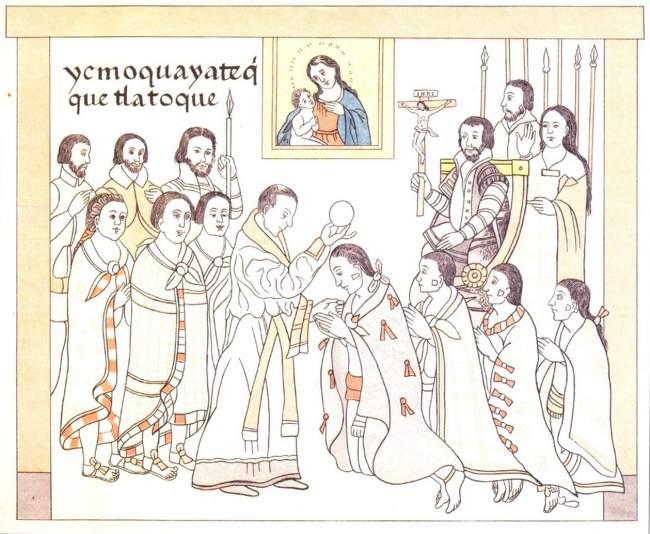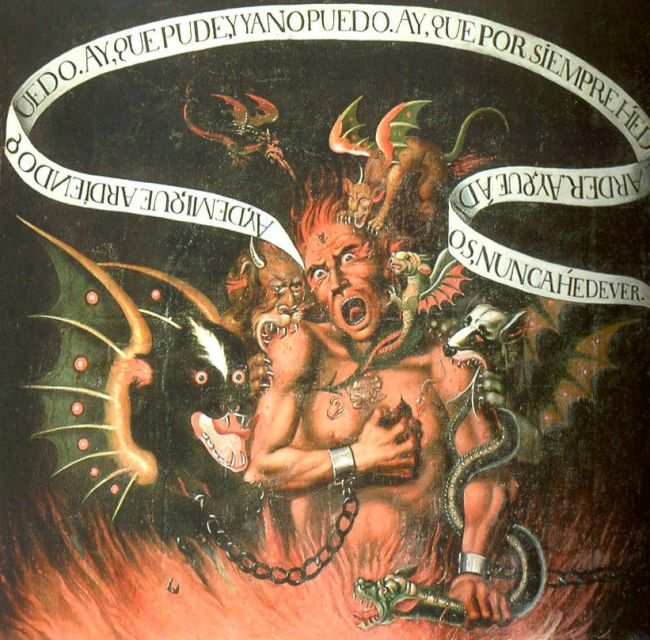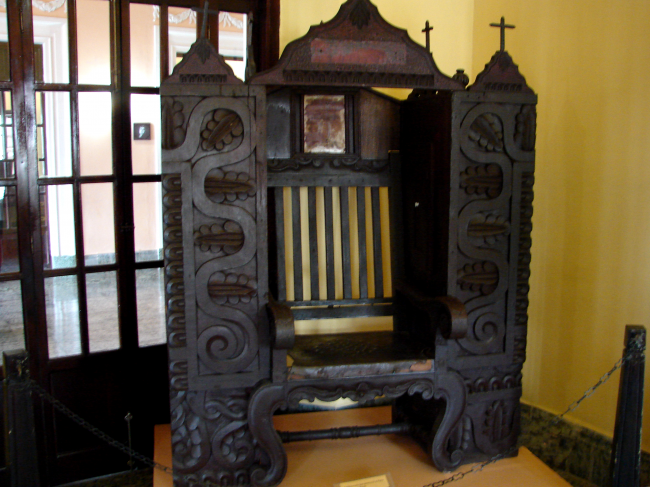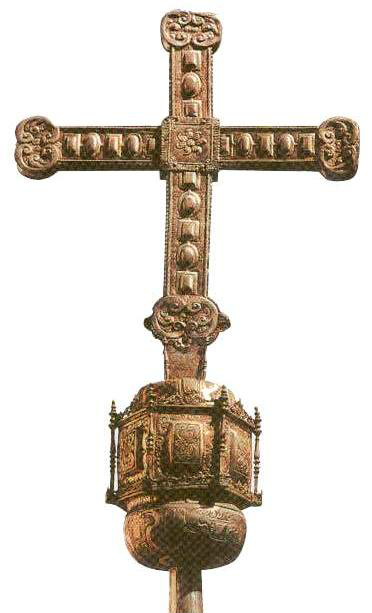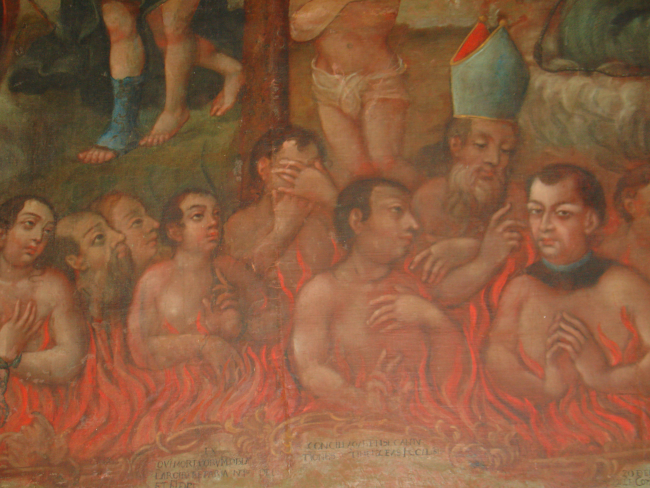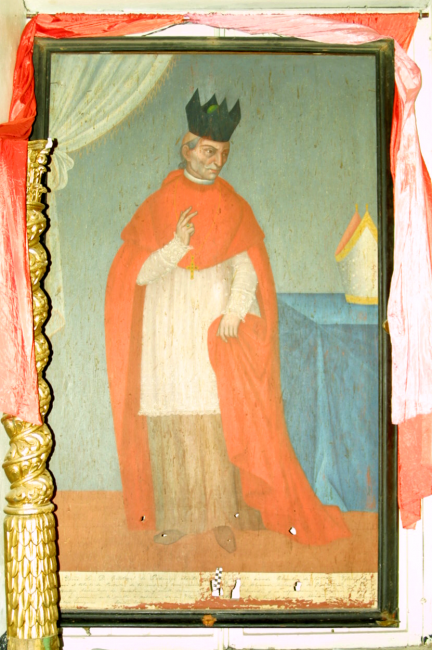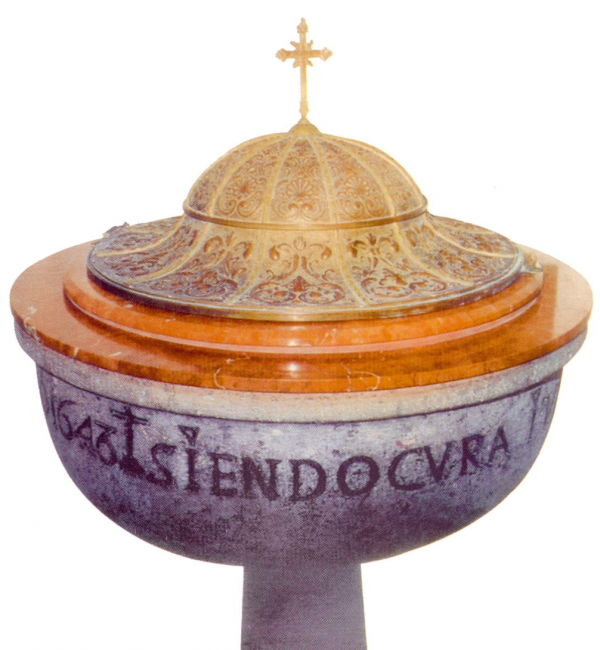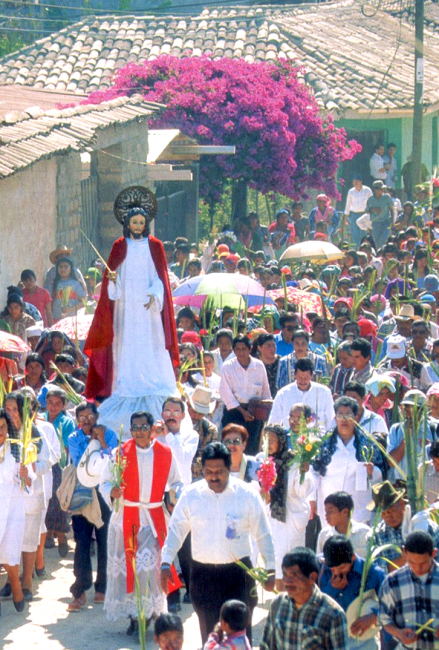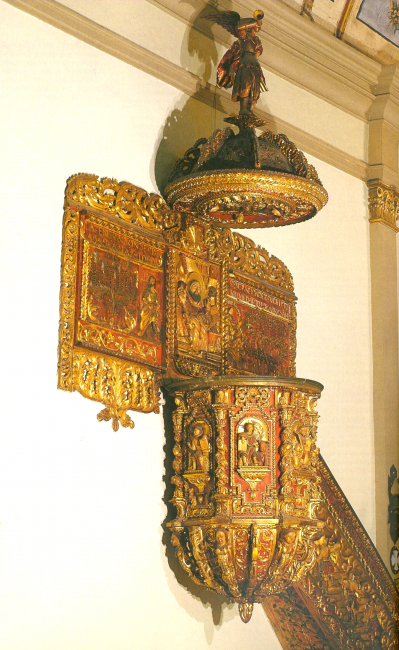It should not be forgotten that, as in the rest of the American continent, in the Province of Honduras, during the 16th, 17th and 18th centuries, religion and culture were intimately linked. It is difficult to speak of the church in general, because the church was many things at the same time: popular religiosity, political-religious theory, representative groups, faithful, and clergy in general, religious orders (regular clergy), priests and parish priests (secular clergy), hierarchies (bishops, archbishops, superiors of orders).
Ordinance IV
The relationship between civil and ecclesiastical administration in the colonial period will have a decisive influence on the territorial divisions of the Spanish colonies in America. Within this jurisdictional framework, Ordinance IV of the Council of the Indies in 1571 orders that civil and ecclesiastical jurisdictions must coincide.
Friar Bartolome de las Casas
The Bishopric in Honduras was created in 1531, with Trujillo as its first seat and its jurisdiction initially was Trujillo and its jurisdiction was in the entire Governorate of Higueras and Honduras. Its first bishop is Cristobal de Pedraza, who had previously been named Friar Alonso de Guzman, but had not accepted. Pedraza arrived at Puerto Caballos in 1539 with the appointment of Protector of the Indians and Bishop of Honduras, at the time of taking office, the disputes between the conqueror Pedro de Alvarado and Francisco de Montejo were critical, these are moments in which the conquerors face one of the strongest resistance movements, that of the Lencas, in the west and center of the province. Pedraza, aware of the abuses of his Spanish parishioners against the aboriginal population, follows the position of the "defenders of Indians" such as Friar Bartolome de Las Casas, to support the use of African slaves to alleviate the situation of the Indians.
Cristobal de Pedraza was succeeded by Friar Jeronimo de Corrella who decided to move the seat of the Bishopric to Comayagua in 1559, keeping this seat until 1921. From the date of the transfer from Trujillo to Comayagua the ecclesiastical administration will have influence in the internal divisions of the Province, since the Parishes and the Curates coincide with the Partidos and the towns of the civil administration.
Cristobal de Pedraza
The justification for relocating its headquarters was that Trujillo was not a safe place, its climate was unhealthy. But according to the usual pattern, was the existence of Indian peoples able to support the villagers, their authorities and collect tributes, and especially the possibility of mining. Near Comayagua, in Opoteca, today El Rosario, the mining wealth of the Honduran government was beginning to flourish.
